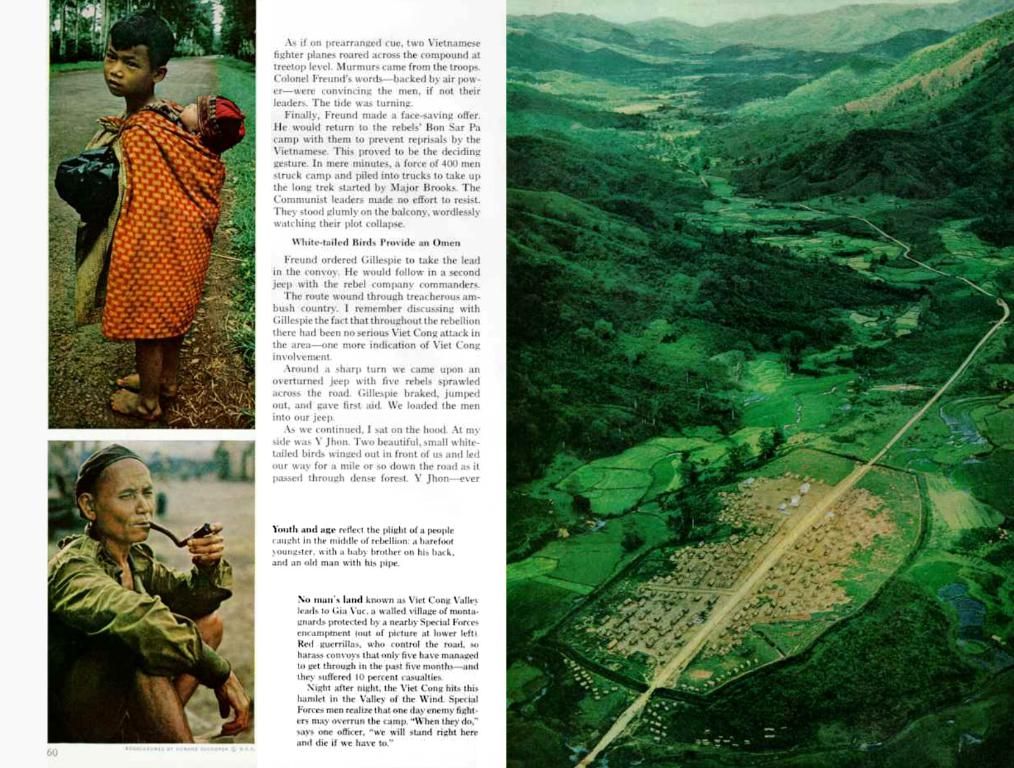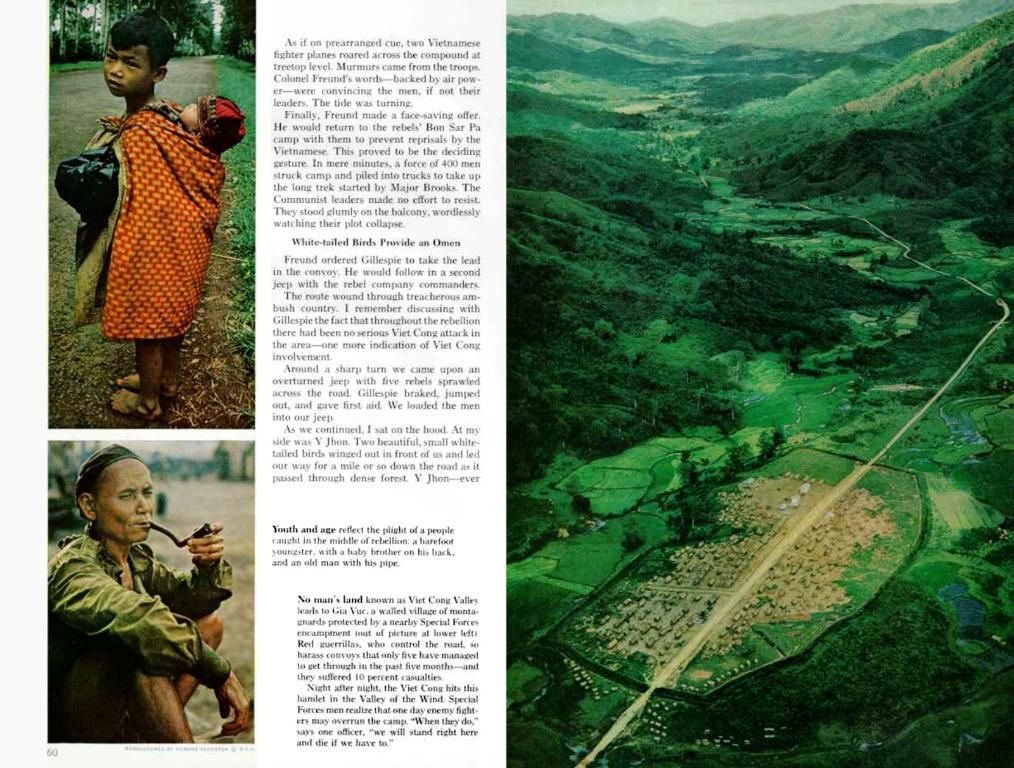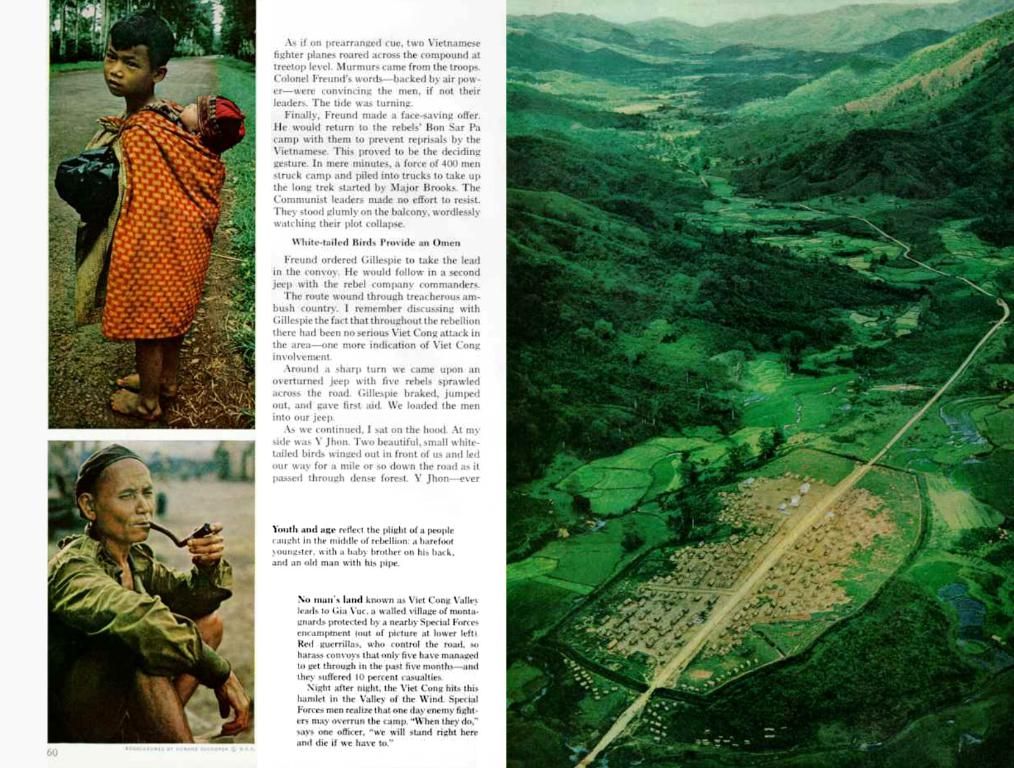Unveiling Shirt Production Costs: A Look at the Factors Influencing the Final Price Tag
Ready to demystify the price tag on that shirt? Here we dive into the nitty-gritty of how a shirt's value helps you make smart shopping choices.
The building blocks of a shirt's cost
Let's get to the heart of the matter - what goes into making a shirt? These components are like the ingredients in your favorite meal:
Ingredient 1: Fabric, threads, buttons - the shirt's personality
Imagine spices in a recipe. Just like they add flavor, materials can make a shirt soft or durable, or give it unique textures. Cost-effective options make up the base price, but choosing higher-quality materials is like opting for high-quality organic produce - think of it as investing in a superior garment.
The cost of raw materials per shirt typically falls between $1.50 and $3.59.
Ingredient 2: Creative minds and meticulous hands - the human ingredient
Behind every shirt are designers, artists, and skilled workers who sew, cut, and check the creation for quality. Like a skilled chef, expert labor can influence the quality of the shirt. Plus, keep in mind that laborers should be treated with dignity and fair compensation.
Labor costs can add anywhere from $0.19 to $2.10 per shirt.
Ingredient 3: Keeping the show on the road - factory expenses
These are the hidden but necessary costs for running a factory, like rent, electricity, maintenance, and keeping machinery well-oiled. The location of the factory can also impact costs.
Overhead costs may amount to $0.29 to $1.12 per shirt.
Ingredient 4: The journey from factory to you - advertising, branding, and distribution
This part covers getting the shirt from producer to you - think packing, advertising, and ensuring you know about the shirt's existence. The final retail price usually reflects these costs.
Marketing and distribution can amount to around $5.39 to $6.00 per shirt.
Now, let's delve deeper into the nitty-gritty of the costs that make up your favorite shirt, one number at a time.
The true cost of shirts (in numbers)
The foundations: Raw materials
First things first, assess the cost of the materials. This is the foundation upon which a shirt is built. The fabric is crucial - its texture, appearance, and cost are based on its quality. Choosing higher quality fabric can make the shirt more expensive but also worth it, just as choosing organic ingredients can lead to a better-tasting meal.
Builders: Labor, overheads, and distribution
Labor costs vary based on the production phases from design to cutting, sewing, and quality checks. Overhead costs cover necessary costs like plant upkeep, and location can impact these costs. Lastly, distribution deals with getting shirts to retailers or you, and includes marketing and advertising, which also contribute to the price.
Unveiling the secrets of t-shirt printing
The influence of quantity on printing costs
Order quantity plays a significant role in printing costs. If you're buying a small number of shirts, prepare to pay between $20 and $30 per shirt. However, for larger orders, such as 100 or more, the cost per shirt may decrease to around $5.
Extras add up
A plain white shirt will be the least expensive, but this may not make it ideal for advertising purposes. If you'd like a "fancier" shirt, costs for colorful shirts and multiple ink colors may rise by $2-$3. Printing on both the front and back of the shirt may add around $5 per shirt.
Shipping and hidden costs
Lastly, when calculating the true cost of t-shirts, consider shipping charges. Most online t-shirt designers offer free shipping but often include it in the shirt's price. It's essential to evaluate your options and compare prices before making any decisions.
Now that you have a thorough understanding of the costs behind your favorite shirt, feel empowered to make savvy shopping choices. Happy shopping!
- The choice of high-quality materials for a shirt may make an investor appreciate it as a superior piece of fashion-and-beauty, just as one might opt for high-quality organic produce for a better-tasting meal.
- In the world of business, the process of quality control is as important in the fashion-and-beauty industry as it is in a lifestyle of quality and attention to detail, ensuring that every finished shirt meets the desired standards.
- Financing the distribution and marketing expenses is as crucial for the fashion-and-beauty industry as for any other business, helping ensure that the show of the latest fashion trends runs smoothly and reaches the targeted audience.






